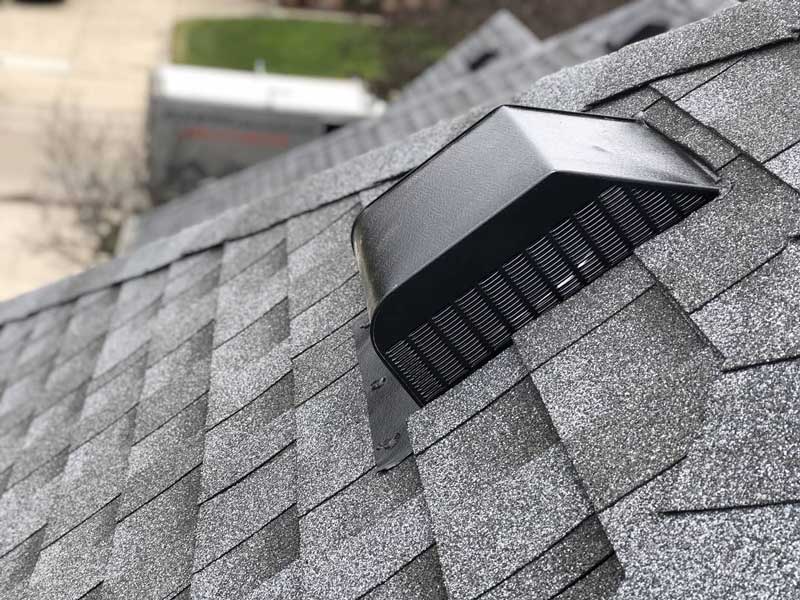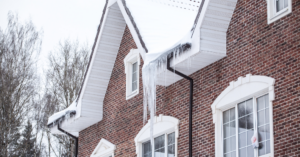If you have a well-ventilated roof, you’ll benefit in two big ways: an extended lifespan for your roof and lower prices on energy bills each month. Plus, your home will be a healthier, more comfortable place to live.
However, figuring out whether or not your roof has proper ventilation can be tricky. There are quite a few different styles of roofing ventilation, and some may be better than others for your home. Today, let’s discuss why you need proper roof ventilation and the best choices for your home’s roofing system.
Why Does My Roof Need Ventilation?
Throughout the year, your roof needs to vent away moisture to prevent condensation. Otherwise, it can cause rust, mold, and mildew, as well as damage to your insulation and the structure of your roof itself. In the coldest months of the year, ice dams can form which cause severe issues for your roof’s structural integrity.
In other words, keeping your roof properly ventilated is a huge concern for any homeowner. But because some types are better than others for different roofing systems, you and your roofing contractor need to make the right choice when the time comes to install them.
Types of Roofing Ventilation Systems
Intake Vents
Intake vents bring cool, fresh air into your attic space from their locations along the lower part of your roofline. Since cool air sinks below hot air, it “bounces” the hot air out of your home. The most popular types of intake vents include:
- Soffit vents – the most popular form of intake vent, installed directly on the eaves.
- Gable vents – an older style of intake vent that also functions as an exhaust system placed on each side of the attic.
- Over-fascia vents – a newer style of intake vent for roofs with smaller eaves, placed on top of the fascia boards and below the first row of shingles.
Exhaust Vents
Exhaust vents allow the rising hot air to exit your home and are typically installed along the topmost parts of your roofline. The most popular types of exhaust vents include:
- Ridge vents – the most popular type of exhaust vent, installed along the peak of your roof and running across the entire roofline and protected by the ridge cap.
- Off–ridge vents – smaller, less-popular and potentially less effective vents that sit below the crest of the roof.
- Box vents – installed in bunches across roof that add extra ventilation by cutting a hole straight through the roof into the attic.
Ideally, intake vents and exhaust vents act as one system – a cycle of cool air entering and hot air leaving. There are many other types of intake and exhaust vents, including roof turbines, solar powered attic vents, hard-wired powered vents, drip edge vents, and more.
What Roof Ventilation System is Best for My Roof?
For newer homes, your best bet for ventilating your roof is probably a combination of soffit vents for intake and ridge vents for exhaust. However, you may need to speak with a professional roofing contractor before making your decision.
Every home, like every roof, is different. Depending on the style of your home and the shape of your roof, you may have very different needs for proper ventilation. Still, the most important takeaway from this should be that you need both intake and exhaust vents working in unison – no matter what style you end up choosing.
Looking to extend your roof’s lifespan and lower your utility costs each month? Give the experts at Best Choice Roofing a call today!




